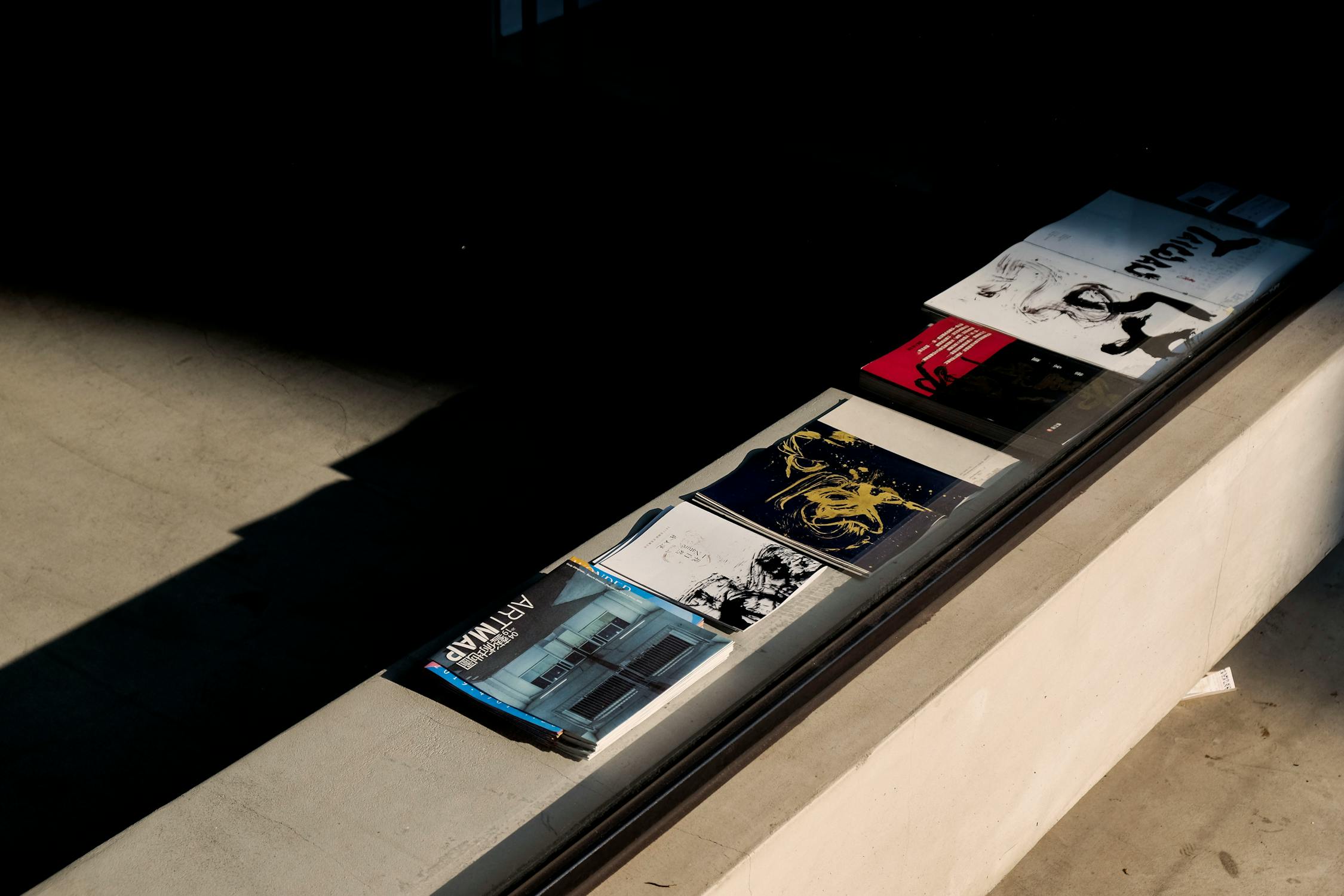What Makes A Good Brochure Design?

Even in a digital world, the printed brochure has shown that it is here to stay. Putting a great brochure together often seems simple at first, but creating a stand-out result is often harder than people think. This article is a short guide to making the perfect brochure.

1) Know The Purpose of Your Brochure
Although it may seem like an obvious point, understanding the purpose of the brochure is often overlooked. Brochures will usually have a general aim, such as promoting a new product line, but this isn’t its full purpose. Instead, there are additional elements such as achieving goals within a certain timeframe, appealing to particular audiences, or drawing attention to important details. By understanding each element of the overall purpose, the brochure will have a clear, consistent, and organised message, and deliver value as a tangible marketing asset.
2) Use The Format To Your Advantage
2D platforms offer design opportunities such as carefully planned geometry and techniques that draw the eye towards important information. In contrast, brochures are a 3D medium, and therefore offer a multitude of additional options. Carefully formatted brochures will guide the eye naturally throughout the document, creating an experience that captivates and engages the audience through the strategic use of space. The use of tone, colour, and visual texture can also be tweaked so that they act as natural pathways for the eye.
3) Consider The Number and Size of Pages
The number and size of pages have a significant influence on how successfully your brochure resonates with its intended audience. A standard tri-fold structure is the most popular, but there are many more options out there. With the growth of e-commerce, many organisations are exploring designs that more accurately reflect their brand. For instance, reducing the number or size of the pages can send a positive sustainability message, and makes for increased packaging efficiency. Spacing is also crucial, so considering the overall sizing can stop the message from becoming lost.
4) Create a Compelling Cover
We’re told never to judge a book by its cover, but everybody knows that without an outstanding frontispiece it’s hard to generate interest. Catchy headlines, bold mission statements, and engaging questions can all help to capture an audience’s attention. Additionally, factors such as the choice of colour, the font, and the layout will all influence the effectiveness of a brochure’s cover. Ideally, aim to make the purpose of the brochure immediately visible, infusing the message from the start.
5) Include a Call-To-Action
Arguably the most important section of the brochure, the call-to-action guides the reader towards the next step. In most cases, the call-to-action will state the purpose of the brochure, such as suggesting that the audience visits a website or makes use of a discount. Without a clear, concise, and easily recognisable call-to-action, the communication between the brand and the reader often ends on the final page. By including one, the customer is brought back to the brand, and the journey can continue.
Find Out More
At TL Colour, our design teams have helped many companies achieve brochures that fulfil their potential and boost returns. For friendly help and advice, please call one of our branding team on 01235 520444.

Image Source: Pexels